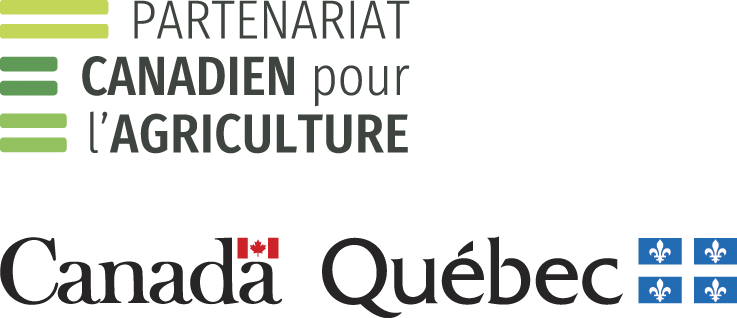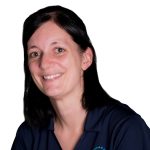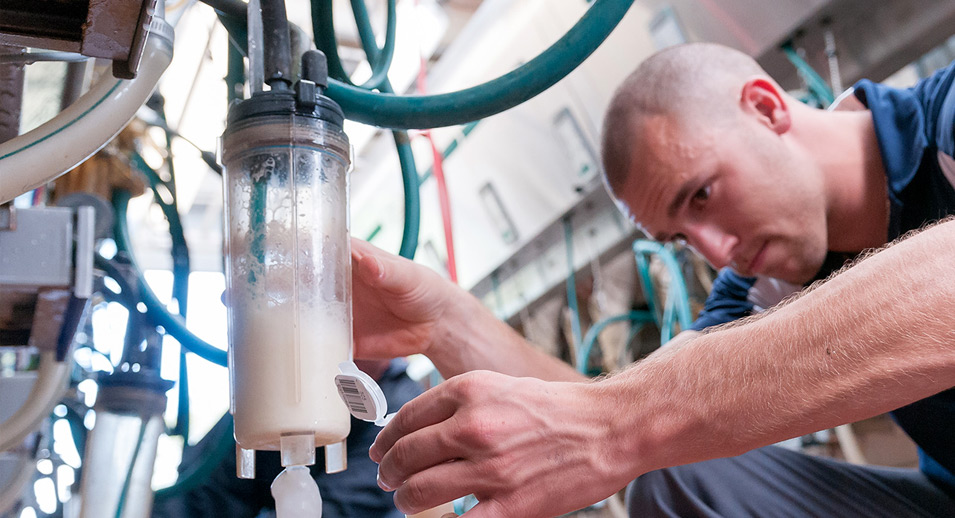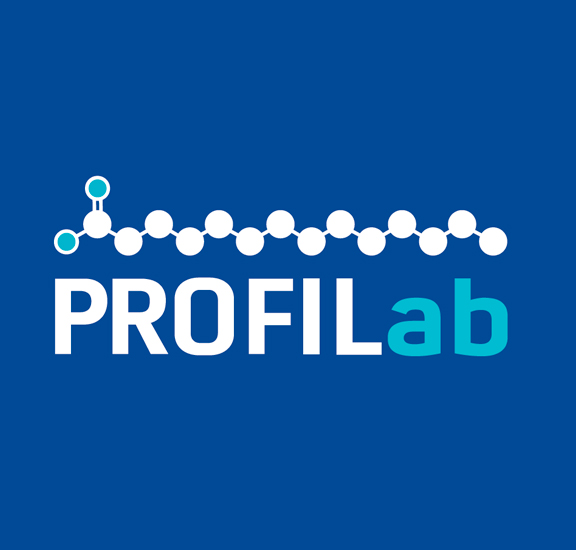What should you do when de novo fatty acids are low?
- March 16, 2020
When talking about PROFILab we hear a lot about de novo fatty acids. This is because this group can be an indicator of rumen function and is closely related to cow performance.
High de novo fatty acids are usually a sign of a healthy rumen and good milk components. So yes, we want high de novo fatty acids, but we also want to be sure that our cows reach their milk producing potential. If you decide to push your cows a little more, keep an eye on the de novo group to ensure that they do not begin to drop.
What should I do if my de novo fatty acids are low?
When the de novo group is below average, something is probably not working properly in the rumen. For a list of potential solutions, take a look at our fact sheet and potential solutions. When the de novo group is low, there are three main hypotheses: either the rumen is in acidosis, the cow ration has too much added fat, or there are a lack of degradable nutrients in the rumen.
How can you tell which hypothesis is the right one? Evaluate the poly-unsaturated value.
- If the polyunsaturated value is higher than average, there are fatty acids in the feed with double bonds that are not being biohydrogenated in the rumen and are showing up in the milk. If your herd is on pasture, and consuming a lot of grass, this is probably normal. If they are not on pasture, and are being fed significant amounts of corn silage, it could be acidosis. Validate the ration with your advisor.
- If the polyunsaturated value is lower than average (combined with low de novo fatty acids), the rumen is probably not getting the nutrients it needs to function properly. Confirm this by evaluating the urea value. There could be a lack of digestible starch in the rumen (high urea) or a lack of degradable protein in the rumen (low urea).

Note: do not over-interpret the polyunsaturated value. Note that the scale is very small. Make a rough assessment « high, medium, low »

This project is funded through the Innov’Action agri-food program under the Canadian Agricultural Partnership, as part of an agreement between the governments of Canada and Quebec.











